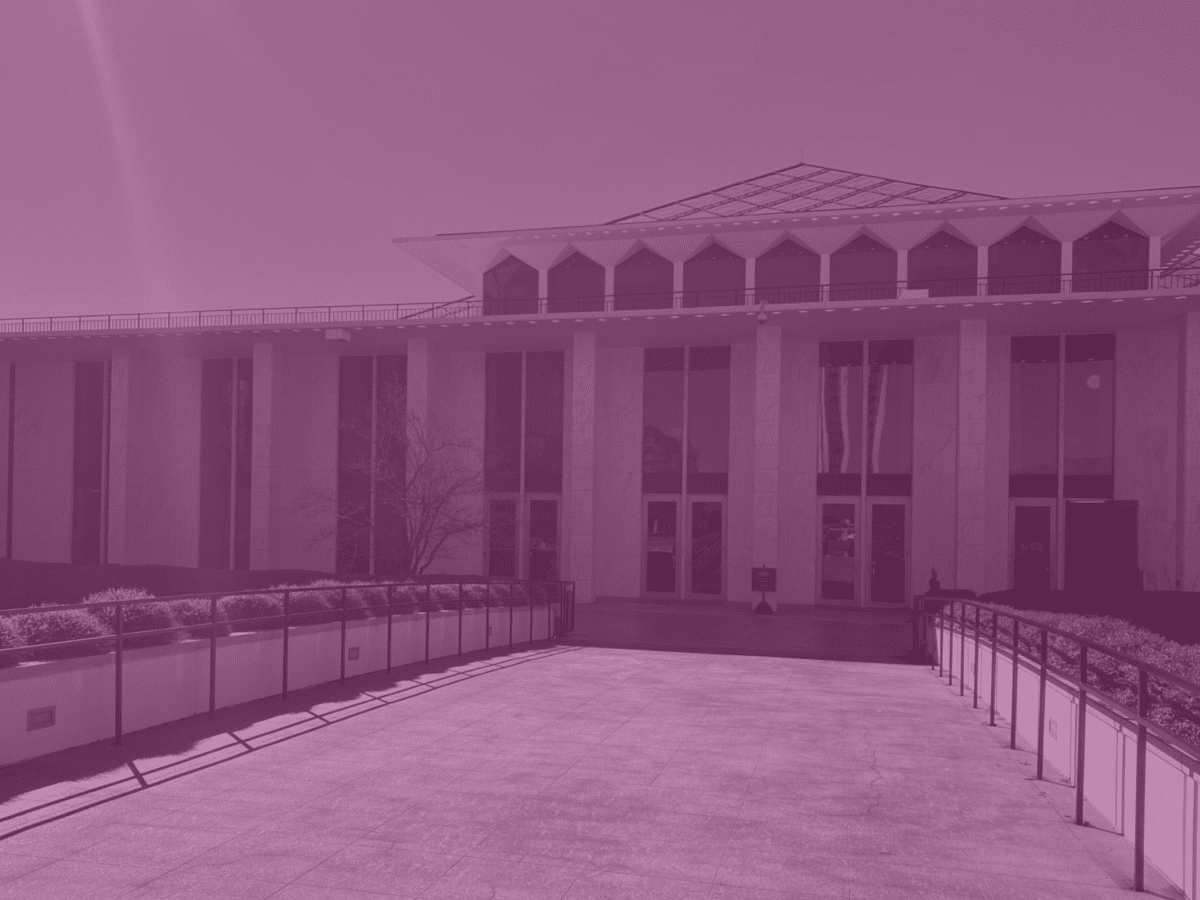

Not infrequently, it seems, the heavy brass doors of the 60-year-old North Carolina Legislative Building stand as a thick barrier between the inside hurly-burly of lawmaking and the outside realities of daily life. When a state budget is under construction, the exercise can come to be defined in terms of which House or Senate provisions prevail in the final “compromise” appropriations bill.
Putting education budgeting in perspective requires looking outside the brass doors. How would the budget serve the needs of North Carolina’s 1.5 million school students and its nearly 94,000 teachers, as well as the state’s families, civic vitality, and economic well-being?
North Carolina is a state of many faces. It contains a complex assortment of towns, suburbs and cities, of farms and factories, of white-collar and blue-collar, of sharp divisions defined not only by politics, but also by zip code, race, ethnicity, economic class, and age. North Carolina is simultaneously the Old North State and a modern American mega-state.
Since the Great Recession of 2008-09, half of North Carolina counties have lost population. Even as its economy diversified in attracting high-wage, high-skill enterprises, the state’s poverty rate remained slightly above the national rate. In 2022, the state’s per capita income and its median household income fell well below the national averages.
These broad indicators point to an enduring reality: Amid rising affluence, a strong majority of North Carolinians remain in the mid-middle and lower-middle class. They are both white-collar and blue-collar working people for whom public schools, community colleges and universities offer opportunity for upward mobility and serve as linchpins of their communities.
As economic expansion and population growth transformed North Carolina, its politics realigned, now largely in sync with the national trends. The Republican coalition is overwhelmingly white and dominates in large swaths of rural North Carolina held by Democrats a half-century ago. Today’s Democratic coalition is more urban-centered and more ethnically diverse. Education is a major dividing factor. College-educated white voters cluster in the Democratic Party. White voters without a college degree have turned substantially pro-Republican.
Neither the Democratic Party nor the Republican Party commands a majority of voters, more of whom currently register “unaffiliated.” Statewide elections are hotly and closely contested — in 2020 Republican Donald Trump won the presidential race with 49.9% of the vote, while Democratic Gov. Roy Cooper won re-election with 51.5%. Building upon and solidifying the legislative majority it won in 2010, the Republican Party holds three-fifths of the seats in the General Assembly.
Therefore, the omnibus appropriations legislation that will emerge soon will not fully amount to a legislature-governor or a two-party compromise, but rather a compromise within the confines of the Republican majority. While differences between House and Senate budgets matter, they share an overarching approach reflected in interlocking choices on both taxing and spending on schools.
The Republican legislative majority proposes to continue its tax-cutting spree. Barely more than a decade ago, North Carolina had a three-bracket individual income tax structure based on the ability to pay; affluent individuals were taxed at a 7.5% rate. Now the state has a “flat” individual income tax at 4.75%, a single rate on middle- and upper-income taxpayers. What’s more, the state grows more dependent on sales taxes, less burdensome to the affluent than the middle-income and the poor.
On the spending side, Republican legislators have objected to the eight-year plan, ordered by judges, designed to have the state comply with the findings of a constitutional right to an opportunity to a sound, basic education. And yet, the core thrust of this “comprehensive remedial plan” is to bolster low-wealth, low-performing schools, many of them in Republican-held districts.
The proposed budgets call for signing bonuses for teachers in hard-to-staff schools and a needs-based public school capital fund. But both House and Senate packages fall far short of an initiative of the Leandro scope. House and Senate bills offer such modest salary increases as to leave a continuing yawning gap between the pay of teachers and peer professionals.
The combination of further tax cuts, refusal to abide by Leandro rulings, minimal pay raises for teachers and principals — plus continued short-changing of child care and an expansion of state financing of private school students — adds up to an old-South style of governance. Beyond the brass doors of the Legislative Building live hard-working folks whose children’s future prospects depend on modern-day North Carolina sustaining its long-standing commitment to strengthening public education.


